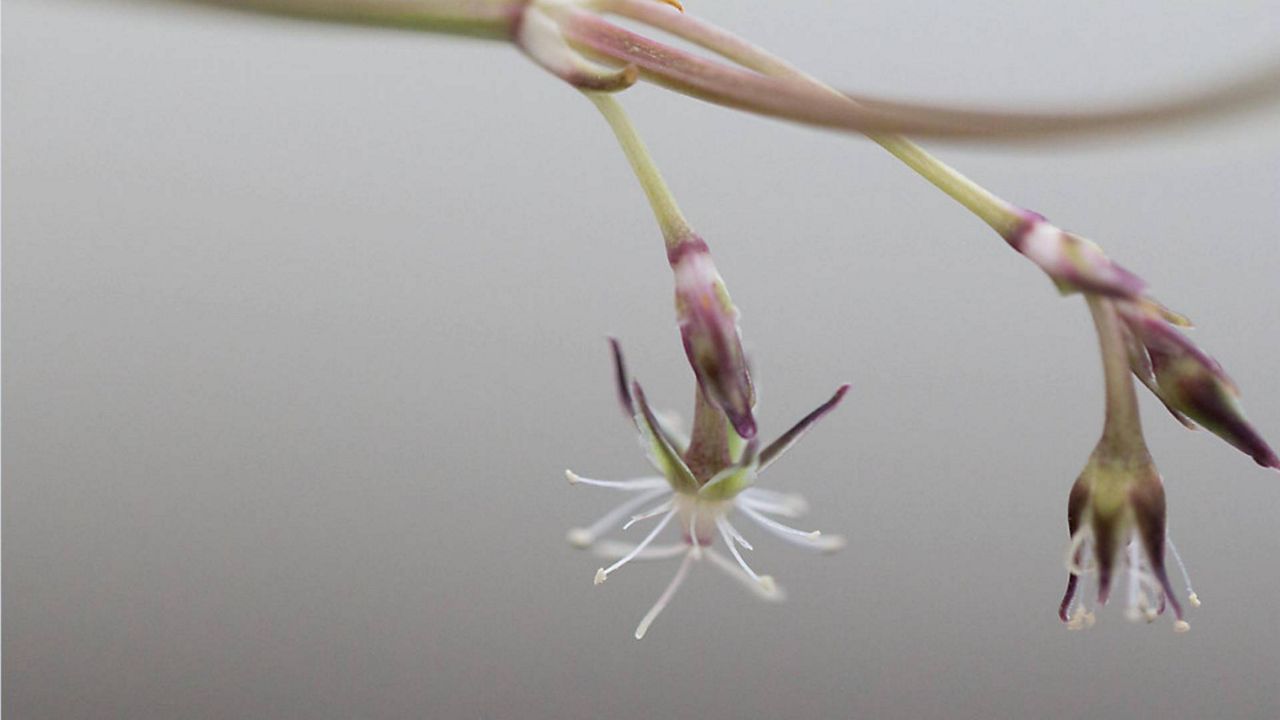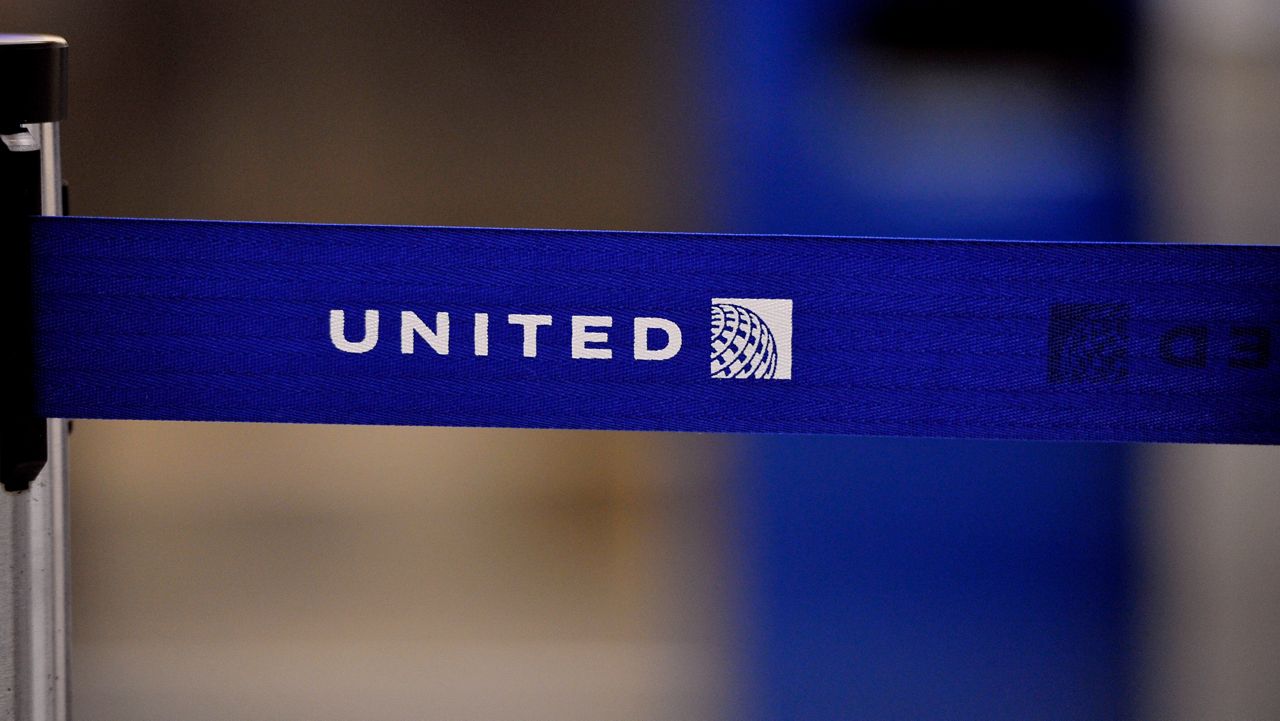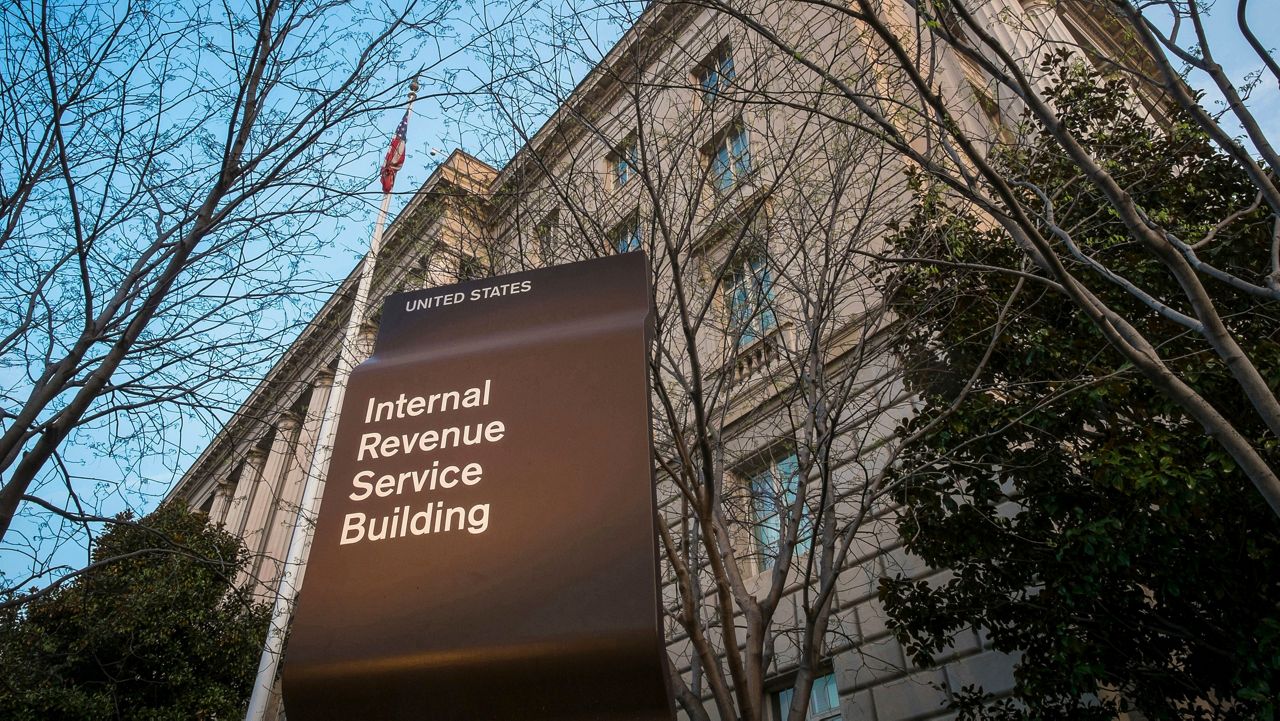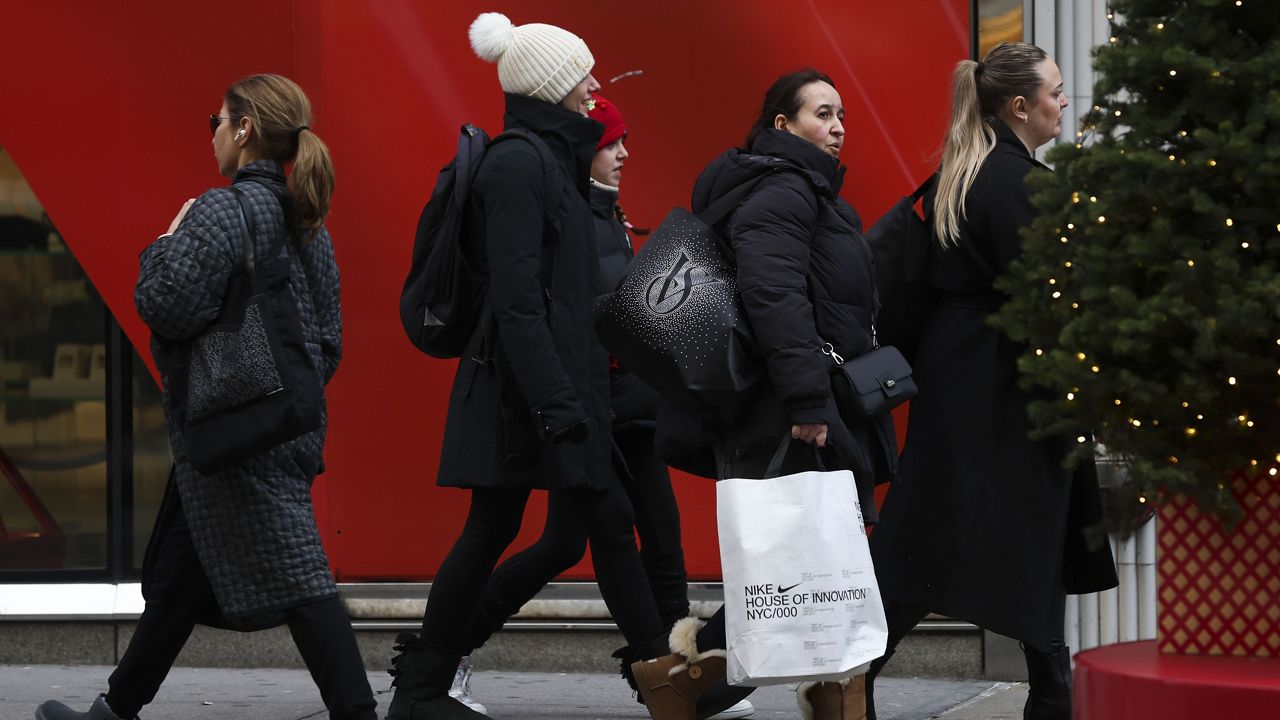HONOLULU — Hawaii’s Rare Plant Program discovered a new carnation species on Hawaii Island and also found a native fern that was thought to be extinct, still living in the forests of Kauai.
The Rare Plant Program had a successful year in 2021 with two major discoveries. The first is a new Hawaiian carnation species that was discovered after botanists collected its seeds in the soil and brought it back to life. The second is a fern that was thought to be extinct, but was found still living in Kauai forests.
These discoveries were released in a report from the Department of Land and Natural Resources’ Division of Forestry and Wildlife that discussed the Rare Plant Program’s successes and failures over the past year.
“Hawaii has got the best plants in the world, and we want everybody to know that,” said Matt Keir, a botanist with the DLNR Division of Forestry and Wildlife, in an interview with Spectrum News Hawaii on Friday. “Because they evolved here without the threats that are present in our current forests, they're vulnerable.”
There are 1,400 vascular plants that are native to Hawaii, and nearly 90% of them are found nowhere else in the world. The fact that they are highly threatened is part of the reason that Hawaii is often called the “endangered species capital of the world.” Hawaii is also home to 44% of the country’s endangered and threatened plant species.
“There's a huge burden — and opportunity — for Hawaii to be the country's leader in plant conservation,” said Keir.
The story of the carnation starts with one plant, a member of the Hawaiian genus Schiedea, that was discovered by DLNR staff in 2019 on Hawaii Island.
When the single plant was first discovered, it wasn’t clear what it was. Photos of the plant were sent to partners at the University of California, Irvine, who are experts in Schiedea, and they confirmed it had not yet been described.
“It had never been seen before that day. It had never been known to anybody that we'd ever talked to,” said Keir. “So we're really curious about it and the botanists went back to the site, and the plant was gone.”
Disappointed that the plant was no longer there — its fate unknown — a team of botanists collected soil from around where the plant had been, hoping to find dormant seeds. The soil was brought back to a nursery and placed on potting trays. A few months later, the seedlings emerged from this soil. They were then potted, growing until they flowered.
“Once it flowered, it was apparent that it was a new species,” said Keir.
Now, the carnation species is being described, and once that work is published, it will be given a name. Keir said he wasn’t sure what the new carnation species would be named, but that it is common to use Hawaiian place names related to where new plants are discovered.
The recently rediscovered fern is known by its scientific name as Adenophorus periens and in Hawaiian as Palai Lāʻau. This fern once existed across Oahu, Maui, Hawaii Island, Molokai and Kauai, but it was last seen living on Kauai eight years ago.
“Up until last year, it was considered extinct,” said Keir.
That was until July 2021, when it was found in one location on Kauai.
The ferns live on Hawaii’s wet forest trees and are sometimes hard to find as they may grow on the trunks of a 100-foot tall ohia tree, which also might be home to moss and other ferns.
“It takes a long time to search for them,” Keir said.
Follow-up surveys discovered the plant also existed in two other locations on Kauai. Each site has about a dozen of the ferns thriving.
Along with the discovery of the carnation and fern, the DLNR’s report on rare plants highlighted the species lodata baldwinii that was recently discovered in a new location on Lanai. The lodata baldwinii was thought to only live in one gulch on Lanai, but it was recently discovered in a nearby gulch; there are still only about six known plants.
“That's a major success for us because sometimes the plants don't do well when they breed with themselves,” said Keir. “So having another population where we can mix the pollen is likely to produce much better seeds.”
The seeds will be used to grow more plants in a nursery, which will be planted in their native environment when they’re ready.
“We like people to know that Hawaii’s plants are really special, and they need a lot of help,” said Keir about his work as a botanist in Hawaii.
He encouraged people to donate to plant conservation through the Plant Extinction Prevention Program.









